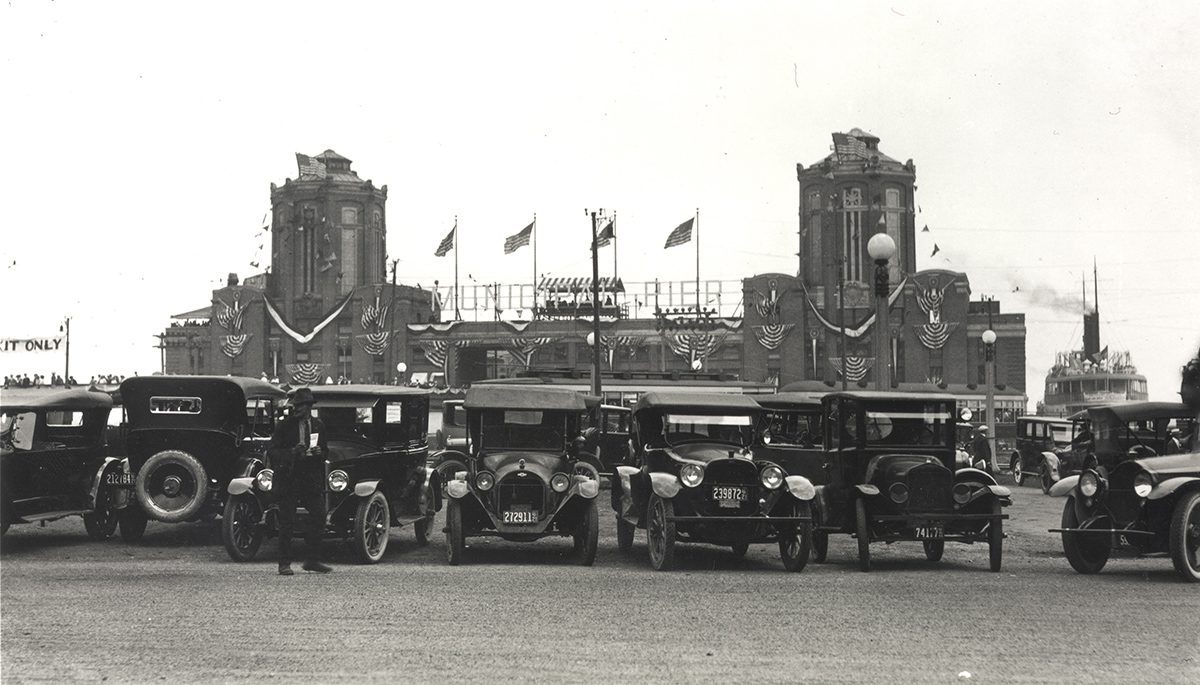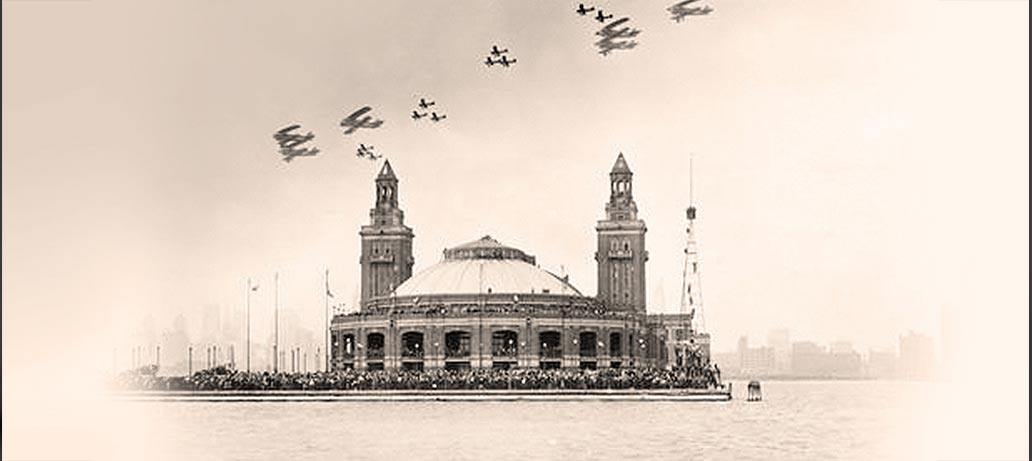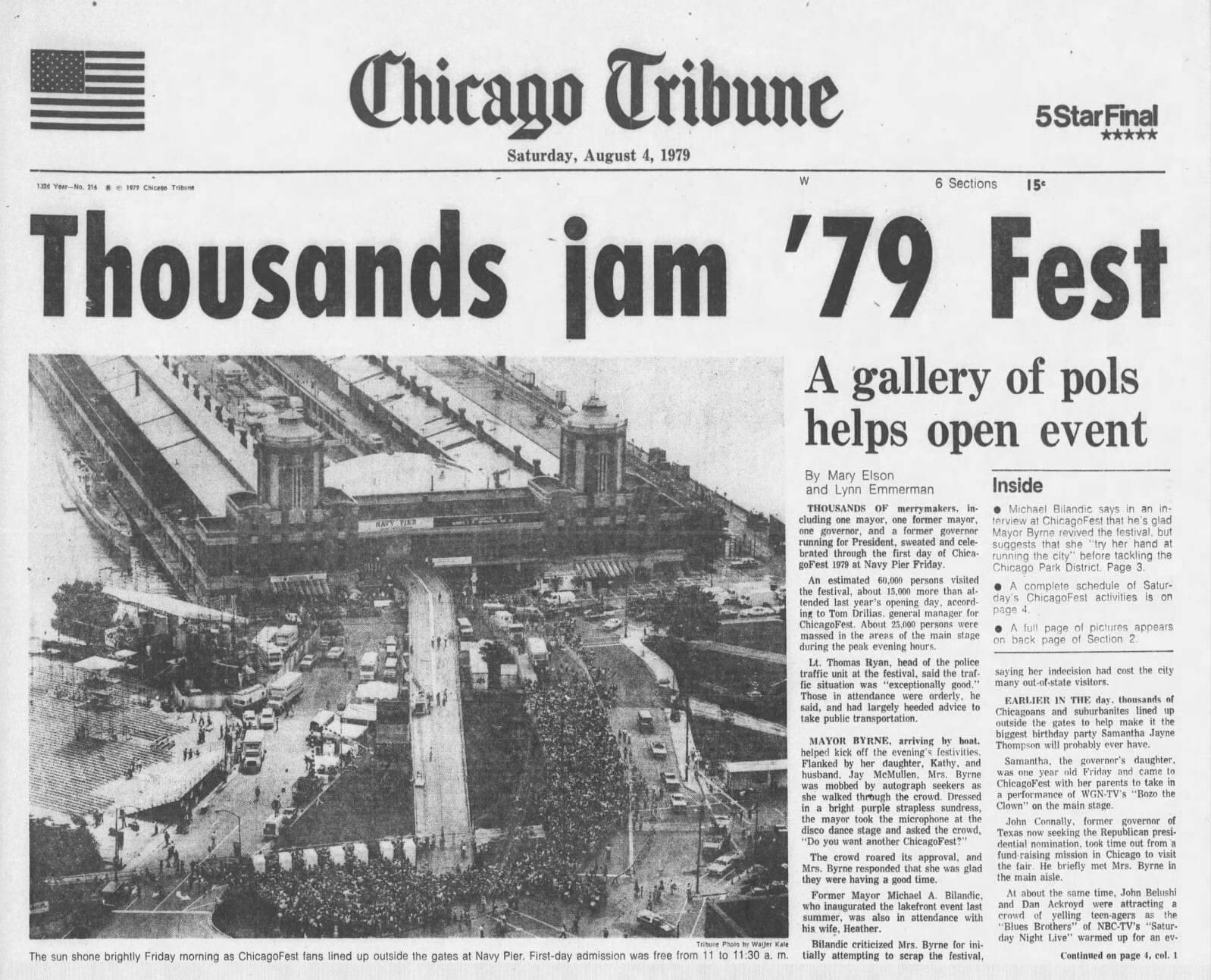In 2024, it’s not difficult to pinpoint the category of business that Navy Pier is in. With a plethora of parks, restaurants, rides, attractions and special event space, this three-quarters of a mile long pier in Chicago’s Streeterville neighborhood is clearly in the entertainment category.
Over the years, however, this has not always been the case. Since its construction in 1916, Navy Pier has served Chicago in a number of capacities — as a steamship and cargo terminal, a naval training base, a university, the home of an annual music festival and one of the city’s leading tourist attractions. Architecturally-speaking, Navy Pier is one of the city’s best examples of “adaptive reuse,” a building that is reconfigured from one use to another, primarily via renovation.
Below are some of the different roles Navy Pier has played over the decades:
Plan of Chicago (1909)
Daniel Burnham’s Plan of Chicago envisioned five new municipal piers that would be evenly spaced along the lakefront. The piers would be designed to serve both passenger and freight traffic utilizing an innovative shed-like construction that offered storage for cargo and a wide range of services for steamship passengers. The piers themselves would keep boats from plying the already crowded waters of the Chicago River and also provide recreational space for local residents.
![r/InfrastructurePorn - Municipal Pier in Chicago IL c.1920 [1749 x 868]](https://c2.staticflickr.com/4/3938/14970965433_3aee5d43c4_o.jpg)
Municipal Pier (1916)
A new, 3,300-foot-long pier encompassing over 50 acres opened on the north bank of the Chicago River in 1916. Named Municipal Pier, it resembled an exclamation mark that was thrust into the choppy waters of Lake Michigan. In addition to operating as a loading and unloading zone for commercial vessels, the pier featured a headhouse (the entrance) on the west end and a beautiful ballroom on the east end where Chicagoans were quick to attend a wide range of pageants, shows and exhibitions, making the pier one of the city’s most popular attractions.
![r/InfrastructurePorn - Municipal Pier in Chicago IL c.1920 [1749 x 868]](https://c2.staticflickr.com/4/3938/14970965433_3aee5d43c4_o.jpg) First Wave of Entertainment (1920s)
First Wave of Entertainment (1920s)
While still serving freight traffic, the pier became a full-fledged entertainment destination, with live bands, plays, art exhibits, children’s activities, fireworks displays, and airplane and motorboat races. A streetcar line was added to the second floor of the structure allowing easy access to all piers and gates. In 1921, Mayor Bill Thompson launched a mini world’s fair called the “Pageant of Progress” which attracted nearly two million people in a two-week period. In 1927, Municipal Pier is renamed “Navy Pier” to honor the naval veterans who served in World War I.
Pier Slips in Importance (1926-31)
The rise of the automobile and Chicago’s position as the nation’s rail hub played key roles in diverting passenger and freight away from Navy Pier. During this five-year period, steamship passengers declined nearly 50 percent — from 471,000 to 258,000 passengers.
World’s Fair and U.S. Navy Help Pier Recover (1933-45)
Chicago’s Second World’s Fair — “A Century of Progress” — helped rejuvenate the pier from the depths of the Depression with crowds not seen in decades (1933). In 1941, as the U.S. entered World War II, Navy Pier was designated a full-fledged naval training school, where more than 60,000 sailors and 18,000 pilots, including future U.S. President George H.W. Bush, completed their basic training.
University of Illinois at Navy Pier (1946-1965)
Sky-high demand for college education (returning soldiers on the G.I. Bill) forced colleges and universities across the country to expand their campus offerings. The University of Illinois decided to open a branch in Chicago at Navy Pier, a location that was 140 miles north of its downstate Champaign campus. Nicknamed “Harvard on the Rocks” because of its unique shoreside location, the university operated as a two-year college until a new campus was constructed on the near West Side in 1965. Today the school is known as the University of Illinois at Chicago.

Lean Years for the Pier (1966-1977)
The newly-rebuilt McCormick Place Convention Center (the original building was destroyed by fire) stole what little convention business Navy Pier enjoyed during the construction phase of the new exhibition hall. In the mid-1960s, more than 250 ocean liners docked at Navy Pier but by 1974, that number had dropped to just 20. Lean years caused the near-empty pier to fall into general disrepair.
Chicago Fest (1978-82)
After some much-needed renovations, the city introduced Chicago Festat Navy Pier. This week-long music festival featured 16 separate stages, each sponsored by a national retail brand and a media sponsor compatible to the stage’s format. Specifically, the stages were: Rock, Classic Rock, Country, Blues, Comedy, Roller Disco, Pinball Arcade, Jazz, Children’s, Variety, Ethnic, as well as a main stage with seating for 30,000 attendees. The hugely successful Music Festival, launched in 1979 by Mayor Michael Bilandic, eventually morphed into the Taste of Chicago and moved from Navy Pier to Grant Park.
A Return to its Roots (2016)
In 2015, the City began to take a hard look at the big idea of redeveloping Navy Pier into both a commercial and recreation center — similar to its original purpose and mission in 1916. The solution was another renovation, one that would cement its status as a tourist destination and would reflect many of the experiences that people enjoyed during its golden age in the 1920s. The terminal sheds were destroyed; in their place, Festival Hall, Crystal Gardens, restaurants, shops and kiosks, a park with mini-golf and flying swings and towering above it all, a 146-foot-tall Ferris Wheel paying homage to Daniel Burnham’s 1893 World’s Fair. Summer fireworks occurred every Wednesday and Saturday to music. Chicagoans could once again take pleasure cruises to various locations throughout the city. Concerts returned to the auditorium. The former headhouse became home to the Chicago Children’s Museum. Today, Navy Pier is one of Chicago’s leading tourist attractions.
POPULAR TRIPS
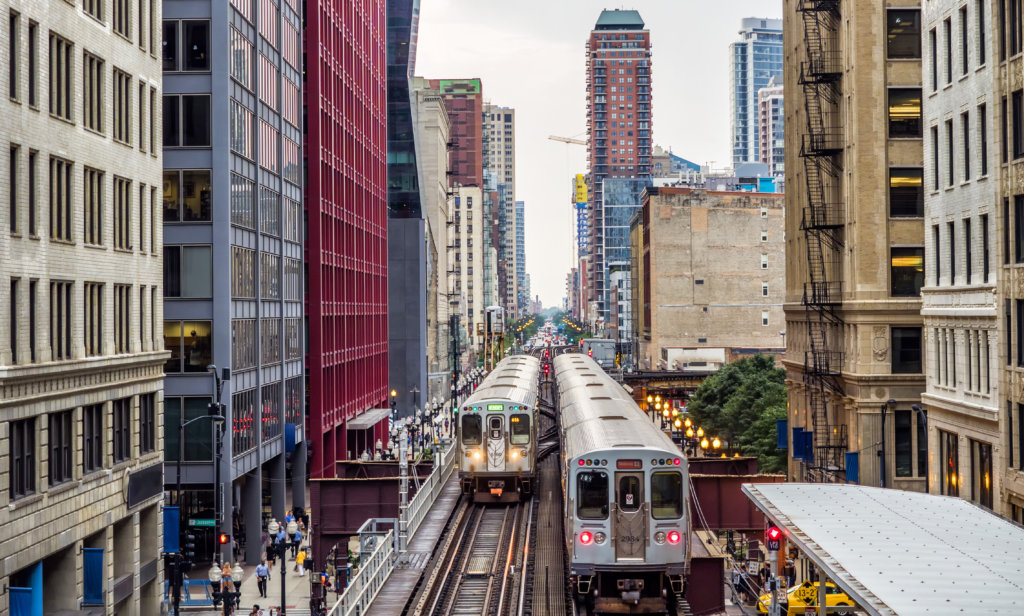
Duration: 3.5 hours
Price: Adult $65
- Tour price includes transit fees. Food/beverages purchased by guests.
- Tour begins and ends in the Loop.
- Walking distance: 1.5 miles
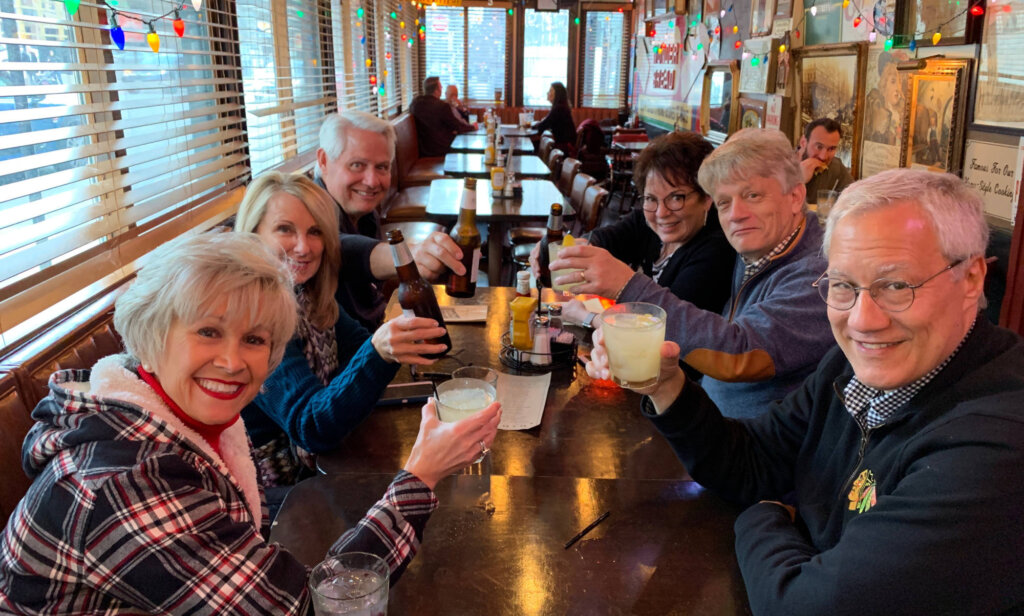
Duration: 3.5 hours
Price: Adult $65
- Price includes transit fees. Food/beverages purchased by guests.
- Tour begins and ends in the Loop.
- Walking distance: 1.1 miles
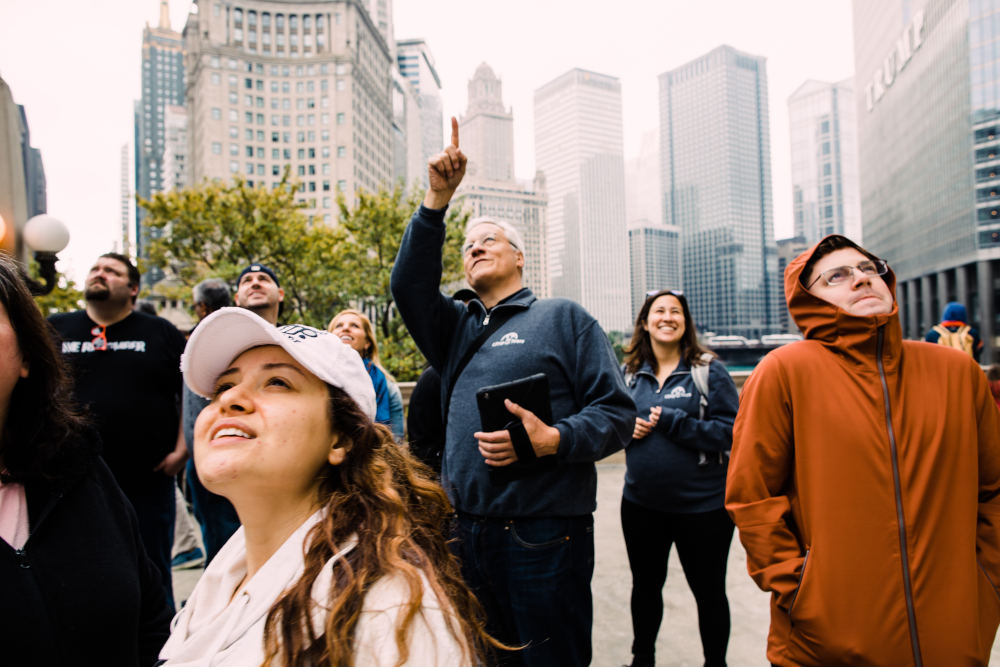
Duration: 3 hours
Price: Adult $65
- Tour price includes professional tour guide, train ride. Food/beverages purchased by guests.
- Tour begins and ends in the Loop.
- Walking distance: 1.5 miles
NEWSLETTER
Stay in the LOOP and subscribe to our monthly newsletter today!

